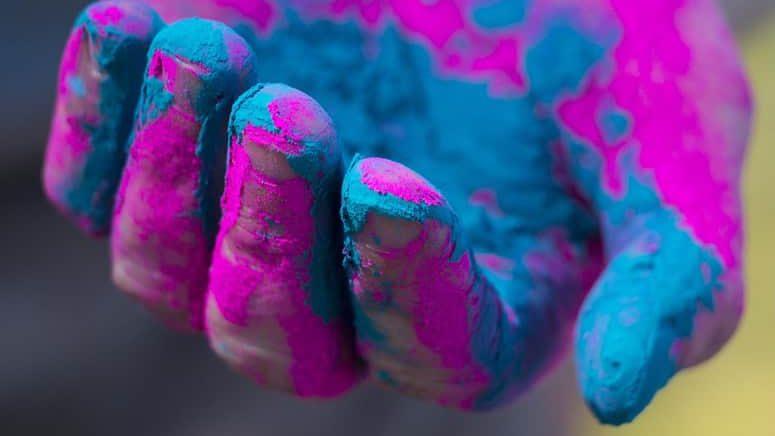
If you are like most people the holidays made you overeat. Or if you didn’t overeat you may have eaten items you don’t usually eat. Roasts, with mashed potatoes, plenty of chocolate, ice-cream, definitely cookies, meats and alcohol. Those dang holiday parties made your belly grow, your body heavy and your pants tighter.
Big belly aside, feasting is a good thing. Feasting is an integral part of enjoying life. It is part of the pulsation from fullness to emptiness. But I didn’t always see it this way.
In the beginning of my yogic health journey I dreaded the holidays. To me it meant eating things I didn’t want to eat. Social obligations, you know! I didn’t want to exclude myself. But it did make me feel like a failure. Engaging in lavish sugary snacks derailed me from my health goals of being shining, lean, healthy, vibrant and alive. Overeating made my body heavy and dull and my mind lethargic while all year long I worked so hard to achieve the opposite.
Mostly it was mental. I judged myself harshly for not staying on track. I thought I had failed as a yogi, I had failed as a health enthusiast. I had failed at feeding the person I wanted to become. You see, I didn’t know about the 80/20 rule and i didn’t know how to recover properly.
The 80/20 rule states that you should be perfect 80% of the time and 20% of the time you get to party. What that means is that in your daily life you follow a routine, a rhythm, habits and food patterns that serve you to stay happy, healthy and successful. On special occasions, you get to party. That’s the 20 part of the 80/20. Think Christmas (Hanukah or whatever your version of the Holidays is), Thanksgiving, weddings, birthdays…. feast, celebrate and enjoy your food to the fullest. The key is to return to the regularity and simplicity of your life shortly after that. In the beginning of my health journey, I didn’t know how to recover right and I figured you might not either. So here it goes. My three epic strategies I use to come back to “normal”.
After roasts, steaks, turkey, cookies, alcohol and whatever else you have been indulging in schedule 1, 2 or 3 body-relief-days. What that means is to return to utmost simplicity. There are three ways in which you can make food simpler: substance, quantity and food combining.

Feasting is awesome. It is our way to appreciate and celebrate life. And afterwards stick to a strict three meals per day plan. Or possibly even two if you have a robust constitution or strong Ojas (strength, immunity, vigor). No snacking in between meals. Not even if it is a healthy snack. That means not even apples, oranges, nuts, celery or tea with milk. Snacking interrupts the body’s digestive process and prevents the body from fully assimilating the previous meal. It creates āma which literally means undigested food and can loosely be translated as toxins. āma is a sticky substance coating the cells of your body and prevents them from functioning properly and efficiently. The result: digestive issues, hormonal imbalances, mood swings, more hot flashes, elimination issues etc. etc.…

Start your day with a huge glass of hot water. Drink at least 8 oz. but really much as you need to poop. This cleanses your entire digestive tract from mouth to anus. It’s like taking the trash out. Then, for the rest of the day let hot water be your constant companion. Fill up a thermos and sip from it every 15 minutes. Drink it as hot as you can, like tea. Hot water has a lekhana quality which means it burns or scrapes away āma (toxins) from your tissues. Besides, it is deeply hydrating to our tissues.
Your post feasting schedule could look something like this:
| 6 am | – | get up, pee, drink 8-32 oz. hot water |
| 8 am | – | breakfast…. Skip if you are still full from the previous night’s meal |
| 8 am – 12 pm | : | hot water |
| 12 pm | – | simple lunch (e.g. soup, kitcharee, fresh juices) |
| 12-5 pm | : | hot water |
| 5 pm | – | simpler dinner (e.g. soup, kitcharee, fresh juices) |
| 5 pm till bedtime | : | hot water |
It also makes sense to eat the same or similar things for all three meals. It is so easy on the body. Again, Kitchari lends itself well. You could also do a juicy only day.
